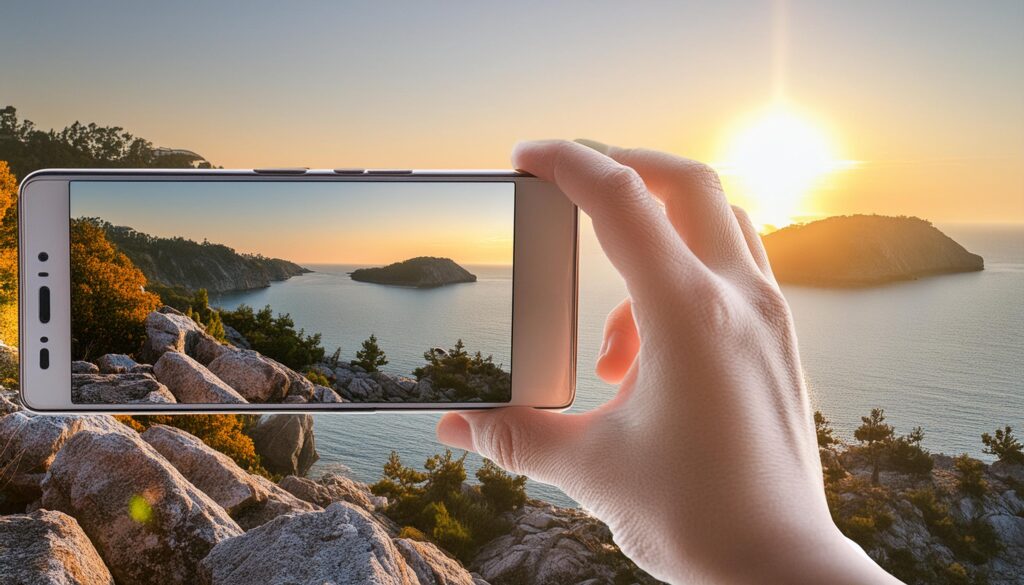
The main camera of a smartphone has become more than just a tool for capturing photos—it’s now a powerhouse for recording high-quality videos. As technology advances, smartphone manufacturers are pushing the boundaries of video recording capabilities, offering users an array of features and resolutions to enhance their videography experience. Here’s a detailed exploration of smartphone main camera video capabilities, from HD to 4K and beyond.
HD Video (720p and 1080p)
HD video recording, available on most smartphones today, offers a standard resolution of either 720p (1280 x 720 pixels) or 1080p (1920 x 1080 pixels). Key features of HD video on smartphone cameras include:
- Quality: Provides crisp and clear video footage suitable for everyday use and sharing on social media platforms.
- Smoothness: Capable of capturing videos at standard frame rates (30fps), ensuring smooth playback.
- File Size: Produces manageable file sizes, making it easier to share and store videos.
Full HD Video (1080p)
Full HD represents the higher end of HD video, offering a resolution of 1920 x 1080 pixels. It enhances video quality with:
- Detail: Sharp and detailed video footage, ideal for viewing on larger screens without loss of clarity.
- Compatibility: Widely supported across devices and platforms, ensuring compatibility for playback.
- Editing: Provides flexibility for editing without significant loss of detail or quality.
4K Video (2160p)
4K video recording has revolutionized smartphone videography by offering four times the resolution of Full HD (3840 x 2160 pixels). Advantages of 4K video on smartphone cameras include:
- Clarity: Ultra-high definition video with exceptional detail and sharpness, perfect for professional-grade content.
- Zooming: Allows for digital zooming and cropping without compromising on quality, ideal for creative editing.
- Future-proofing: Future-proofs content as 4K becomes the standard for video consumption and production.
Frame Rates and Features
Smartphone main cameras also vary in their capabilities beyond resolution:
- Frame Rates: Some phones offer higher frame rates (60fps or even 120fps) at lower resolutions for smoother motion capture and slow-motion effects.
- Stabilization: Built-in optical or electronic image stabilization helps reduce camera shake, resulting in smoother handheld video footage.
- HDR and Pro Modes: Enhanced dynamic range and manual controls (Pro mode) allow for greater flexibility in adjusting exposure, focus, and white balance.
Conclusion
As smartphone technology continues to evolve, so too do the capabilities of their main cameras for video recording. Whether you prioritize standard HD, detailed Full HD, or ultra-sharp 4K resolution, today’s smartphones offer a range of options to suit various videography needs. Understanding these capabilities allows users to capture and share moments with clarity and creativity, pushing the boundaries of what’s possible with mobile videography.
Explore our comprehensive reviews and comparisons to discover which smartphone main camera video capabilities best match your preferences and creative aspirations.